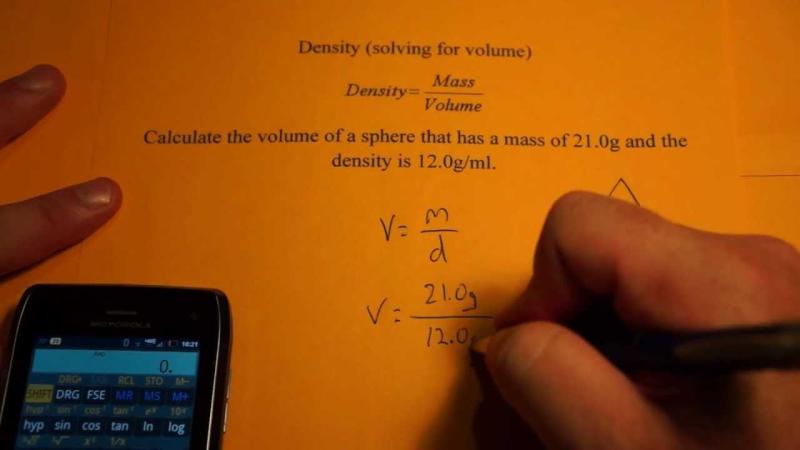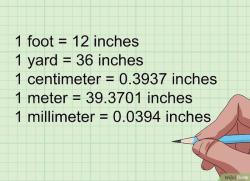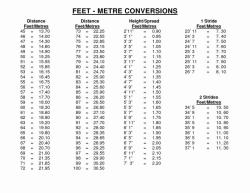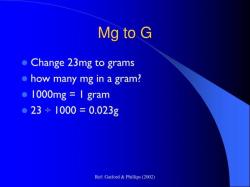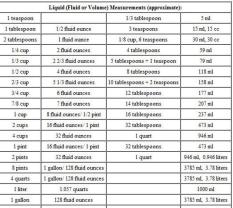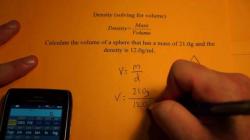How do you calculate mL to grams?
Converting milliliters (mL) to grams depends on the density of the substance you are working with. The formula to convert milliliters to grams is:
In this formula:
- Mass (g): The result you want to find.
- Volume (mL): The initial quantity in milliliters.
- Density (g/mL): The density of the substance, which represents the mass per unit volume. This value is substance-specific and can be found in reference materials or online databases.
Here's a step-by-step guide:
Determine the Density:
- Find the density of the substance you are working with. This information is often provided in textbooks, online databases, or on the product label.
Understand the Relationship:
- Recognize that density is a measure of how much mass is contained in a given volume. Therefore, you need to know the density of the substance to convert from volume (mL) to mass (g).
Use the Formula:
- Apply the formula mentioned earlier:
Perform the Calculation:
- Multiply the volume in milliliters by the density to get the mass in grams.
Example:
- Let's say you have 50 mL of a substance with a density of 1.2 g/mL.
- The result would be 60 grams.
Remember that the density of a substance may change with temperature and pressure, so it's essential to use the correct density value for the specific conditions under which you are working. Additionally, be cautious when comparing densities of different substances, as they can vary widely.
Measurement conversion: How do you calculate mL to grams?
To convert milliliters (mL) to grams (g), you will need to know the density of the substance you are converting. Density is a measure of how much mass is contained in a given volume. The density of water, for example, is 1 g/mL. This means that 1 mL of water has a mass of 1 g.
To convert mL to g, you can use the following formula:
grams = density × volume
Where:
gramsis the mass in gramsdensityis the density of the substance in grams per milliliter (g/mL)volumeis the volume in milliliters (mL)
For example, to convert 500 mL of water to grams, you would use the following calculation:
grams = 1 g/mL × 500 mL
grams = 500 g
Step-by-step guide to converting milliliters to grams and understanding the conversion process
Here is a step-by-step guide to converting milliliters to grams:
- Identify the substance you are converting. This will help you to find the density of the substance.
- Find the density of the substance. You can find the density of a substance in a reference book or online.
- Measure the volume of the substance in milliliters.
- Multiply the density of the substance by the volume of the substance. This will give you the mass of the substance in grams.
Tips for students and laboratory professionals in accurate volume-to-mass conversions
Here are some tips for students and laboratory professionals in accurate volume-to-mass conversions:
- Use a calibrated measuring tool. A calibrated measuring tool will ensure that you are measuring the volume accurately.
- Be careful when measuring liquids. Liquids can be difficult to measure accurately, so it is important to be as precise as possible.
- Use the correct units. Make sure that you are using the correct units for density, volume, and mass.
- Double-check your calculations. It is always a good idea to double-check your calculations to make sure that you are getting the correct answer.
